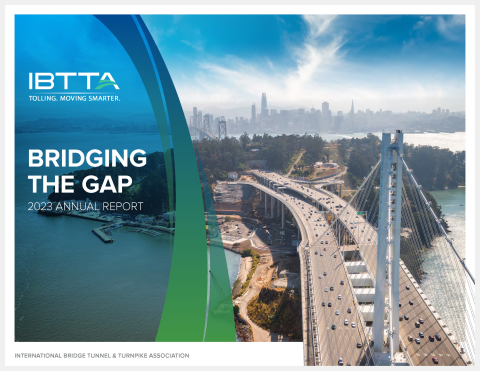Roads & Transport Authority (RTA)
Purpose and Objectives
Salik (“open” or “clear” in Arabic) is Dubai’s all-electronic, Open Road Tolling (ORT) system. The primary objective of the Salik ORT System Expansion was to reduce traffic congestion on the city’s main roads by adding new tolling points to encourage diversions to alternate routes. The project involved construction of three new electronic toll collection locations with six new gates, four on Ittihad Road and two on the Airport Tunnel corridor, in order to:
- Minimize the use of right of ways by deploying new, free-flow tolling zones that do not require space for manual toll plazas; Operate efficiently and reliably, without interfering with the UAE’s GSM900 mobile phone system; Maximize vehicle image capture to support enforcement and protect revenue; Deploy all infrastructure above the roadway, with no in-road sensors or pavement modifications, and perform all maintenance above or beside the roadway, to eliminate any need for road closures and minimize traffic disruption at new tolling points.
Vital Stats
- 14 ORT lanes (one zone in each direction at seven locations)
- US$6.6 million budget, funded with internal resources
- More than 1.4 million Salik accounts
- Approximately 1.5 million transactions per day
- 13 to 30% reduction in off-peak travel times on the Ittihad Road corridor
- 43% reduction in off-peak traffic volume and 16 to 22% reduction in peak volume on the Airport Tunnel corridor
- 43% reduction in off-peak traffic volume and 10% reduction in peak volume on the Ittihad Road corridor.
Results
Project designers minimized use of the highway right of way by placing all the system’s sensors on two over-road gantries, with processing and support equipment housed in a 5.0 x 2.5-meter (16 x 8-foot), air-conditioned roadside enclosure. The sensor array includes overhead scanners for vehicle positioning and classification, an RF antenna to capture transponder data, and video imaging for enforcement.
To introduce electronic toll collection, the Roads and Transport Authority made RFID transponders available to all highway users. The system must operate at temperatures up to 85°C (185°F) and speeds up to 140 kilometers (87 miles) per hour—and to accommodate extreme desert conditions, it must be powered without a battery.
The expanded system uses video capture to identify toll violators across up to seven lanes of fast, free-flowing traffic. Roadside processing systems have been optimized to manage the enormous volume of real-time imaging.
The system is reliable enough to allow for continuous, unattended operation, with high levels of redundancy and automatic failover and fault tolerance.
These success factors combined to provide Salik users with:
- The world’s largest open-road, multi-lane, free flow tolling point
- The world’s widest single-direction free flow tolling zone, at more than 44 meters (144 feet)
- The world’s first 870 MHz toll system
- The world’s first SMS customer notification system
- A dedicated service team for fleets and special accounts
- Complete over-the-road maintenance capability inside cladded gantries, so that road closures are never needed for routine maintenance.
The Authority has sold more than 620,000 Salik tags since the system opened in April, and processes 1.5 million transactions per day.
Agency Contact
Eng. Sofiene Jegham, Senior Manager - ITS Design & Implementation, ITS Department
+97 142 904969
[email protected]





